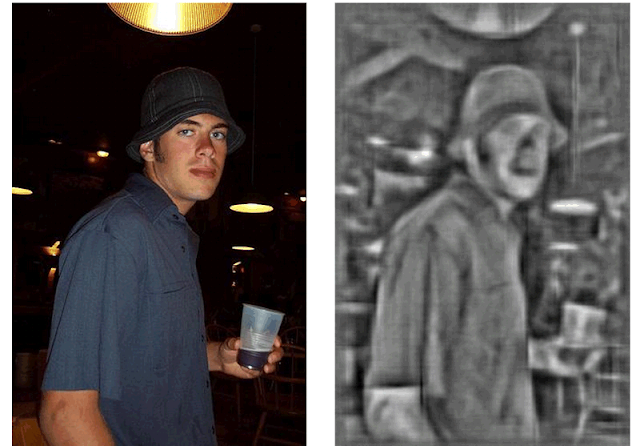Object Recognition
| Researchers have developed a new technique that enables the visualization of a common mathematical representation of images, which should help researchers understand why their current recognition algorithms fail. |
Object-recognition systems — software that tries to identify objects in digital images — is still fairly limited in capability. Even the best object-recognition systems, however, succeed only around 30 or 40 percent of the time — and their failures can be totally baffling.
Now, in an attempt to improve these systems, researchers at MIT’s Computer Science and Artificial Intelligence Laboratory have created a system that, allows humans to see the world the way an object-recognition system does.
The team has also published their results in a paper available online.
The researchers report that, when presented with the re-translation of a translation, human volunteers make classification errors that are very similar to those made by computers.
That suggests that the learning algorithms are just fine, and throwing more data at the problem won’t help; it’s the feature selection that’s the culprit.
The researchers are also hopeful that, in addition to identifying the problem, their system will also help solve it, by letting their colleagues reason more intuitively about the consequences of particular feature decisions.
| Related articles |
Thirty-two variables for each square translates to thousands of variables for a single image, which define a space with thousands of dimensions. Any conceivable image can be characterized as a single point in that space, and most object-recognition systems try to identify patterns in the collections of points that correspond with particular objects.
“This feature space, HOG, is very complex,” says Carl Vondrick, an MIT graduate student in electrical engineering and computer science and first author on the new paper. “A bunch of researchers sat down and tried to engineer, ‘What’s the best feature space we can have?’ It’s very highly dimensional. It’s almost impossible for a human to comprehend intuitively what’s going on. So what we’ve done is built a way to visualize this space.”
Vondrick; his advisor, Antonio Torralba, an associate professor of electrical engineering and computer science; and two other researchers in Torralba’s group, graduate student Aditya Khosla and postdoc Tomasz Malisiewicz, experimented with several different algorithms for converting points in HOG space back into ordinary images. One of those algorithms, which didn’t turn out to be the most reliable, nonetheless offers a fairly intuitive understanding of the process.
The algorithm first produces a HOG for an image and then scours a database for images that match it — on a very weak understanding of the word “match.”
“Because it’s a weak detector, you won’t find very good matches,” Vondrick explains. “But if you average all the top ones together, you actually get a fairly good reconstruction. Even though each detection is wrong, each one still captures the statistics of the original image patch.”
The reconstruction algorithm that ended up proving the most reliable is more complex. It uses a so-called “dictionary,” a technique that’s increasingly popular in computer-vision research. The dictionary consists of a large group of HOGs with fairly regular properties: One, for instance, might have a top half that’s all diagonal gradients running bottom left to upper right, while the bottom half is all horizontal gradients; another might have gradients that rotate slowly as you move from left to right across each row of squares. But any given HOG can be represented as a weighted combination of these dictionary “atoms.”
The researchers’ algorithm assembled the dictionary by analyzing thousands of images downloaded from the Internet and settled on the dictionary that allowed it to reconstruct the HOG for each of them with, on average, the fewest atoms. The trick is that, for each atom in the dictionary, the algorithm also learned the ordinary image that corresponds to it. So for an arbitrary HOG, it can apply the same weights to the ordinary images that it does to the dictionary atoms, producing a composite image.
The volunteers were slightly better than machine-learning algorithms at identifying the objects depicted in the reconstructions, but only slightly — nowhere near the disparity of 60 or 70 percent when object detectors and humans are asked to identify objects in the raw images. And the dropoff in accuracy as the volunteers moved from the easiest cases to the more difficult ones mirrored that of the object detectors.
Using HOG, the researchers hope to help others develop more efficient object recognition systems and highlight why failures may result. As Marcel Proust noted, "The real voyage of discovery consists not in seeking new landscapes but in having new eyes."
SOURCE MIT
| By 33rd Square | Subscribe to 33rd Square |





0 comments:
Post a Comment